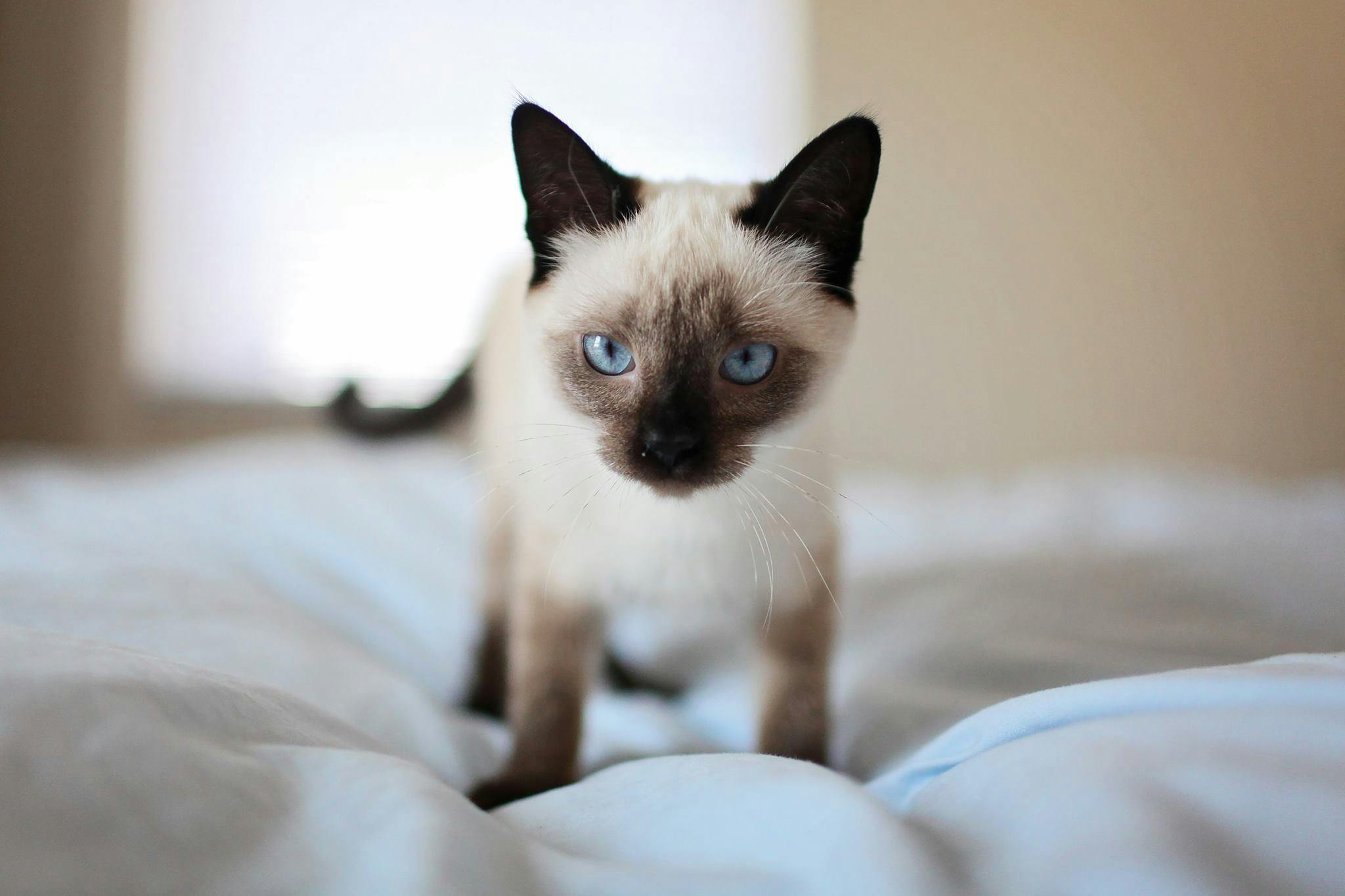
Have you ever seen your cat dash across the room at lightning speed, seemingly for no reason? These sudden bursts of energy, affectionately known as cat zoomies, are a common and amusing feline behavior. But what drives cats to exhibit this seemingly erratic movement? The answer lies in their biology, instincts, and environment. Let’s explore the science behind this quirky phenomenon.
What Are Cat Zoomies?
Cat zoomies refer to brief, high-energy spurts of activity where cats run, jump, or even flip unexpectedly. These episodes often occur without obvious triggers, leaving pet owners bewildered but entertained.
In scientific terms, zoomies are known as Frenetic Random Activity Periods (FRAPs). FRAPs are bursts of energy seen in many animals, including dogs and rabbits, but are particularly notable in cats due to their agility and intensity.
The Science Behind Cat Zoomies
1. Instinctual Energy Release
Cats are natural predators, and their bodies are built for short, intense bursts of activity. In the wild, they conserve energy throughout the day and unleash it during hunting. For indoor cats, zoomies mimic this hunting behavior, allowing them to release pent-up energy.
2. Sleep-Wake Cycle Influence
Cats are crepuscular animals, meaning they are most active at dawn and dusk. This behavior is linked to their ancestral hunting habits. Zoomies often align with these peak activity times, especially after extended naps when they wake up refreshed and energized.
3. Stress or Overstimulation
Overstimulation or stress can also trigger zoomies. Loud noises, sudden environmental changes, or even boredom might cause a cat to channel its stress into high-energy behavior.
4. Post-Litter Box Energy
A lesser-known cause of zoomies is the post-litter box dash. After relieving themselves, cats may feel a burst of energy, possibly linked to instinctual behavior to distance themselves from their waste in the wild.
5. Underlying Health Conditions
While zoomies are normal, excessive or frequent episodes can sometimes indicate health concerns such as hyperthyroidism or flea infestations. If your cat’s zoomies seem unusual, a vet check-up may be necessary.
Common Triggers for Cat Zoomies
1. Pent-Up Energy
Indoor cats may not get as much exercise as their outdoor counterparts. Zoomies often serve as a natural outlet for this energy.
2. Playtime Excitement
Interactive toys or laser pointers can stimulate a cat’s predatory instincts, leading to spontaneous zoomies.
3. Sudden Noise or Movement
Cats are highly sensitive to their environment. A sudden noise or quick movement can startle them into a zoomies episode.
4. Social Interaction
Sometimes, cats engage in zoomies after interacting with their owners or other pets, reflecting their excitement or desire for more playtime.
How to Handle Cat Zoomies
While zoomies are a normal part of feline behavior, there are ways to manage and channel this energy effectively.
1. Provide Regular Exercise
Interactive toys, climbing trees, or even daily play sessions can help reduce excess energy.
2. Create a Stimulating Environment
Consider enriching your cat’s surroundings with scratching posts, tunnels, or puzzle feeders. These tools provide mental and physical stimulation, preventing boredom.
3. Stick to a Routine
Cats thrive on routine. Regular feeding and playtimes can help manage their energy levels and minimize unpredictable zoomies.
4. Ensure a Quiet Space
If stress triggers your cat’s zoomies, provide a calm, secure area where they can retreat.
5. Consult a Veterinarian
If zoomies are excessive or accompanied by other unusual behaviors, it’s wise to seek a vet’s opinion to rule out underlying health issues.
Are Cat Zoomies a Cause for Concern?
In most cases, cat zoomies are harmless and simply a sign of a happy, healthy cat. However, if they become frequent, overly intense, or lead to destructive behavior, it’s worth investigating further. Cats with zoomies may accidentally knock over objects or hurt themselves, so it’s essential to ensure their environment is safe.
Conclusion
Cat zoomies are a fascinating expression of feline energy, rooted in instinct and biology. These bursts of energy serve a purpose—whether it’s releasing pent-up energy, mimicking hunting behavior, or responding to environmental stimuli. While zoomies are generally harmless, keeping your cat’s environment stimulating and safe can help manage these episodes effectively.
Next time your cat zooms across the living room, you’ll know it’s more than random—it’s science in motion!
References:
- Cat Zoomies: Why Do They Get Them? – BetterVet
- Cat Zoomies Explained – The Pet Staff
- Why Do Cats Get the Zoomies After Using the Litterbox? – Rover
- Why your cat gets the ‘cat zoomies’ and what you can do about it – Cats Protection
- Hyperthyroidism in Cats – Cornell University College of Veterinary Medicine
Share this:
- Click to share on WhatsApp (Opens in new window) WhatsApp
- Click to share on Facebook (Opens in new window) Facebook
- Click to share on LinkedIn (Opens in new window) LinkedIn
- Click to share on Pinterest (Opens in new window) Pinterest
- Click to share on Tumblr (Opens in new window) Tumblr
- Click to share on X (Opens in new window) X
- Click to share on Reddit (Opens in new window) Reddit
- Click to share on Telegram (Opens in new window) Telegram
- Click to email a link to a friend (Opens in new window) Email
- Click to print (Opens in new window) Print






























